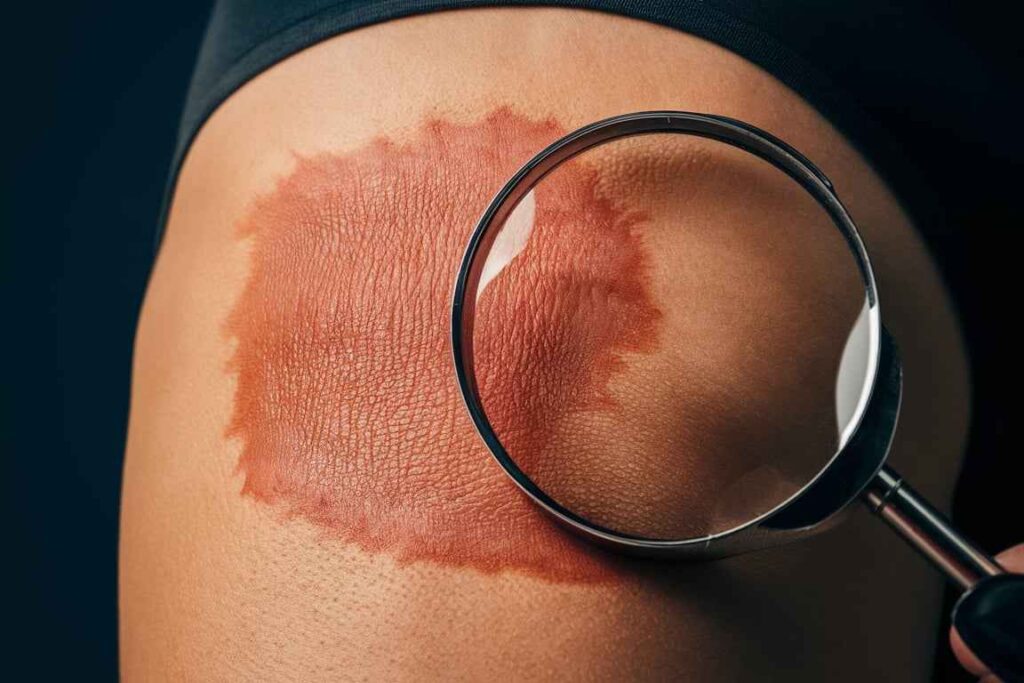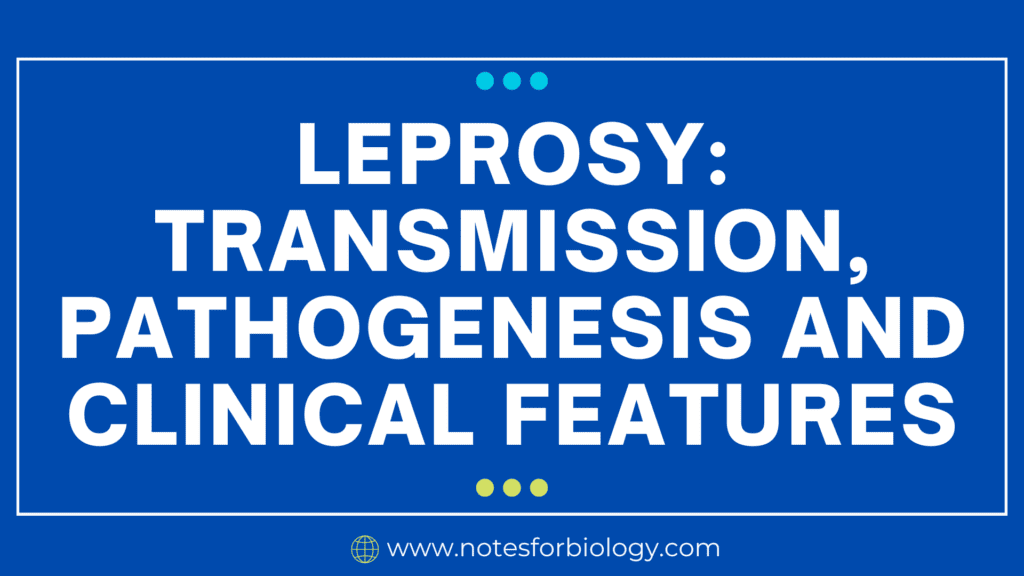Tinea cruris, commonly known as “jock itch,” is a fungal infection that affects the groin area. It is part of a group of fungal skin infections called Dermatophytosis, or ringworm, which can affect various parts of the body. Tinea cruris specifically targets the skin of the inner thighs, buttocks, and genital area.
Table of Contents
Tinea cruris
Tinea cruris, sometimes known as “jock itch,” is a dermatophyte infection that affects the skin in the groin, inner thighs, and buttocks. Fungi such as Trichophyton rubrum, Epidermophyton floccosum, and Trichophyton mentagrophytes are the cause. These fungi grow in warm, damp settings, making sweaty and friction-prone places like the groin especially vulnerable.

This is characterized clinically by a highly painful, red, and scaly rash with a distinct border that frequently forms a ring-like pattern. The affected skin can become dry and flaky, worsening the irritation. The rash usually extends from the crotch to the thighs and buttocks, with the margins more inflamed and elevated than the center.
Etiology
Sometimes known as “jock itch,” is a dermatophyte illness caused mostly by fungi from the families Trichophyton, Epidermophyton, and Microsporum. The most frequent causal agents are:
- Trichophyton rubrum.
- Epidermophyton floccosum.
- Trichophyton Mentagrophytes
Clinical Manifestations
The illness primarily affects the groin, inner thighs, and buttocks.
Common symptoms include:
- Itching and burning sensations: The affected areas experience intense itching and burning.
- Rash: A red, scaly circular rash with a raised edge. The core of the rash frequently turns less red as the infection advances.
- Lesions: Well-defined lesions that can spread outward.
- The skin may become dry, scaly, and flaky.
Diagnosis
Tinea cruris is often diagnosed based on its clinical presentation and history. Additional diagnostic techniques include:
Microscopic examination: Skin scrapings can be viewed under a microscope after being treated with potassium hydroxide (KOH) to detect fungal components.
Culture: A fungal culture can be used to identify the exact causal organism.
Wood’s lamp examination: This can assist distinguish tinea infections from other disorders, such as erythrasma.
Treatment
Tinea cruris is treated with both topical and systemic antifungal treatments, depending on the severity of the illness.
Topical Antifungal Agents:
- Clotrimazole
- Miconazole
- Terbinafine
- Ketoconazole
- Econazole
Systemic Antifungal Agents:
- Terbinafine
- Itraconazole
- Fluconazole
General Measures
- Hygiene involves keeping the affected region clean and dry.
- Avoiding irritants: Wearing loose-fitting, breathable garments to prevent moisture buildup.
- Use antifungal powders to keep the area dry.
Summary
Tinea cruris is a common fungal illness that mostly affects the groin. It is caused by dermatophyte fungi, the most common of which being Trichophyton rubrum. Clinically, it appears as an itchy, red, and scaly rash with well-defined borders, which frequently forms a ring-like pattern. The clinical presentation is often used to make the diagnosis, which is then corroborated by microscopic inspection and fungal culture. Topical or systemic antifungal drugs are used to treat the infection, as well as hygiene and lifestyle changes to prevent it from recurring. Proper management of underlying diseases, such as diabetes and obesity, is also critical for avoiding recurring infections.
Frequently Asked Question
What is Tinea cruris ?
Tinea cruris, sometimes known as “jock itch,” is a dermatophyte infection that affects the skin in the groin, inner thighs, and buttocks. Fungi such as Trichophyton rubrum, Epidermophyton floccosum, and Trichophyton mentagrophytes are the cause. These fungi grow in warm, damp settings, making sweaty and friction-prone places like the groin especially vulnerable.
What are the Etiology of Tinea cruris?
The Etiology of Tinea cruris are
1. Trichophyton rubrum.
2. Epidermophyton floccosum.
3. Trichophyton Mentagrophytes
Related Article
Vitamin K: Structure, Properties, Biological roles and Deficiency




